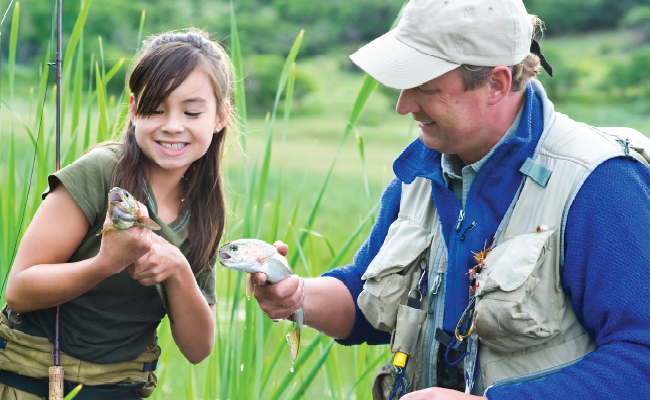Groundwater-Dependent Ecosystems
Groundwater Dependent Ecosystem Benefits
Groundwater-dependent fauna (including humans) rely on groundwater as a source of drinking water. Groundwater, as river baseflow or discharge to springs, is an important source of water across much of the country, particularly in the Southwestern United States and other areas with semiarid climate.

Groundwater-dependent ecosystems have many other values, including the following:
-
Water-quality benefits. Microfauna in groundwater help cleanup contaminants and may play an important role in maintaining the health of surface waters.
-
Biodiversity value. Many species depend on habitats maintained by groundwater discharge. They add to the ecological diversity of a region and can be indicators of the overall biological health of a system. Some plants and animals that depend on groundwater are rare, unique, or threatened.
-
Archeological and social value. Some sites, such as springs, may have cultural significance, especially for Native Americans, and can have csocial, esthetic, and economic values.

